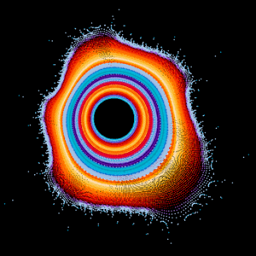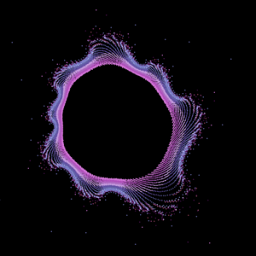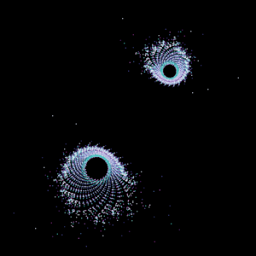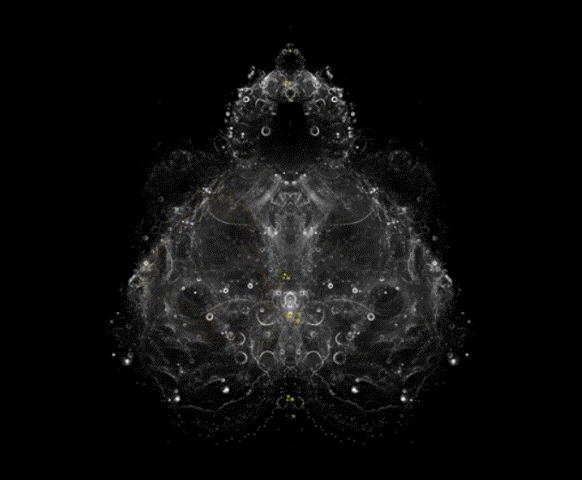theOMparticle is an expose on the fractal nature of the Universe that combines scientific, philosophical and spiritual thought into a simple, cohesive and universal framework. From quantum, to cosmos; from the physical to the metaphysical, the fractal paradigm teaches us something new and fundamental about the creation and evolution of an ever changing, never ending Fractal Universe.
“Every point in space and time is different, unique and special.”
FractalWoman
The above quote captures the essence of theOMparticle NFT project. How do you define “uniqueness”? What does it mean to be “special”? What makes something “rare”?
In theOMparticle NFT project, uniqueness is built into the equation, special is built into the equation, and Rarity…is built into the equation. Each OMparticle is different, unique and special. Each OMparticle is a precious jewel in the boundless treasure of the all embracing, OMni present, Fractal Buddhaverse.
Phases of the Project
Please go to ITcoin.space for more details.
Be Part of the Equation


























